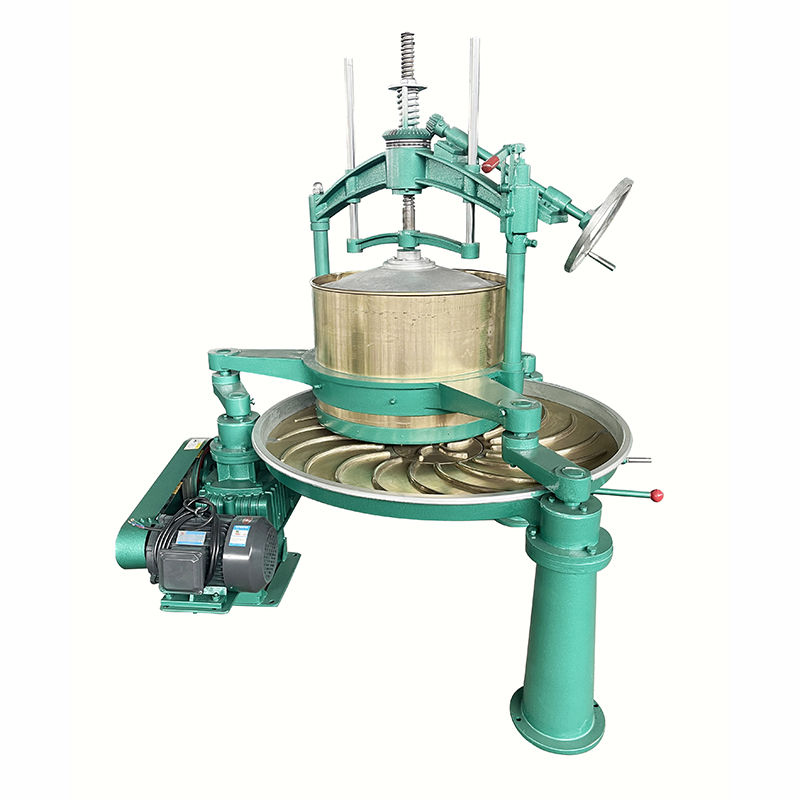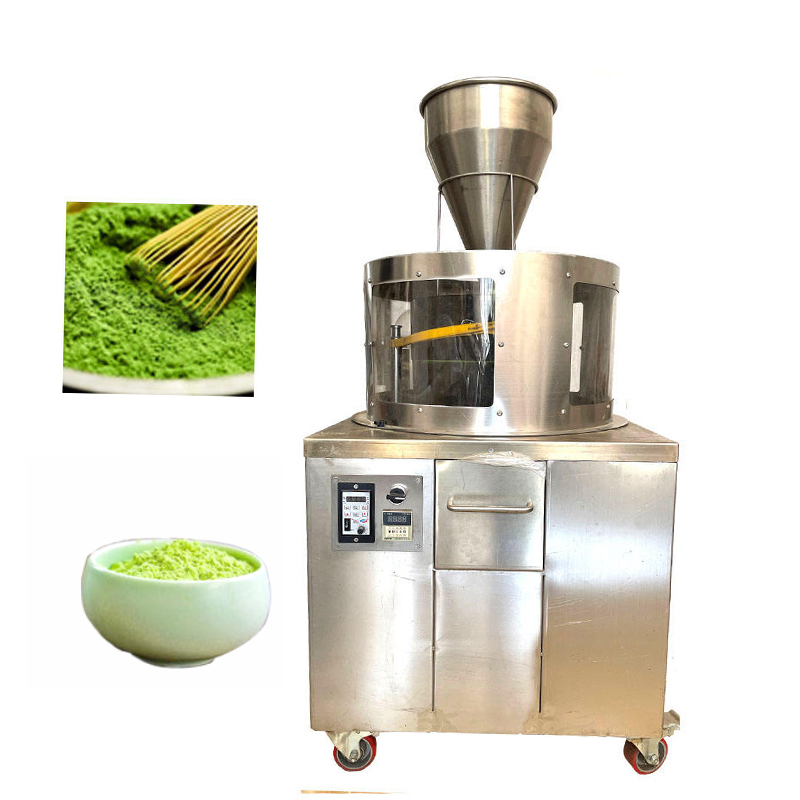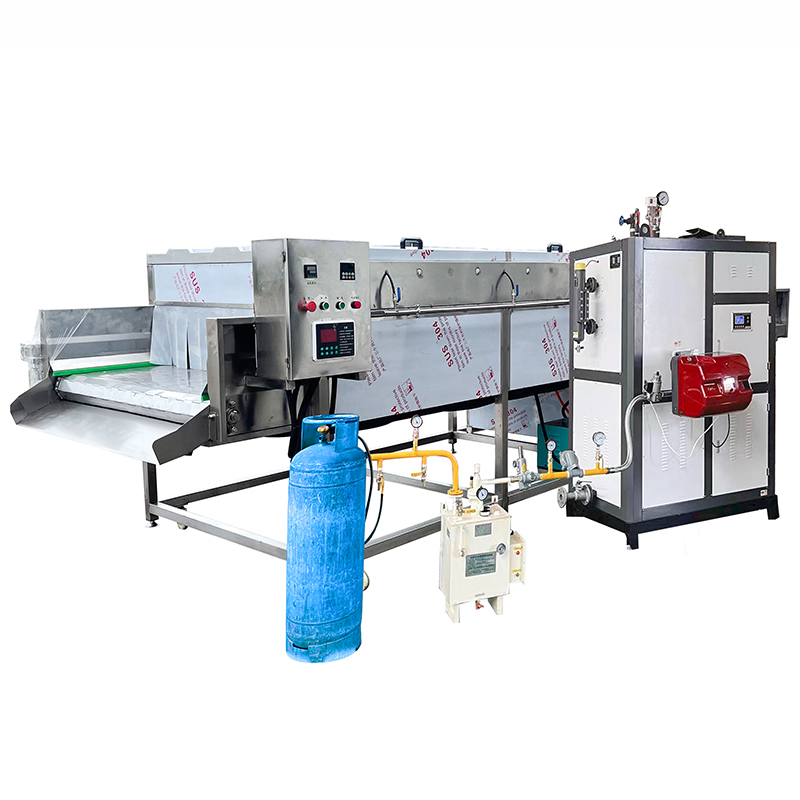Matcha cultivation
The raw material of matcha is a kind of small tea pieces that have not been rolled by a tea rolling machine. There are two key words in its production: covering and steaming. To produce good-tasting matcha, you need to cover the spring tea with reed curtains and straw curtains 20 days before picking, with a shading rate of more than 98%. If covered with black plastic gauze, the shading rate can only reach 70~85%. Experiments have proven that using items of different materials and colors to shade tea has different effects.
“Covering and shading changes environmental factors such as light intensity, light quality, temperature, etc., thus affecting the formation of tea aroma quality. Open-air tea does not contain B-santalol. In addition to the higher content of low-grade aliphatic compounds, the content of other aroma components Also lower than shade tea”.The chlorophyll and amino acids of the covered green tea powder ground by the matcha grinder are significantly increased. The carotenoids are 1.5 times that of open-air cultivation, the total amount of amino acids is 1.4 times that of natural light cultivation, and the chlorophyll is 1.6 times that of natural light cultivation.
The fresh tea leaves are picked and dried on the same day, using a steam tea fixation machine. During the steaming process, cis-3-hexenol, cis-3-hexene acetate, linalool and other oxides in the tea leaves increase significantly, and a large amount of A-ionone and B-ionone are produced. Ketones and other ionone compounds, the precursors of these aroma components are carotenoids, which contribute to the special aroma and taste of matcha.


